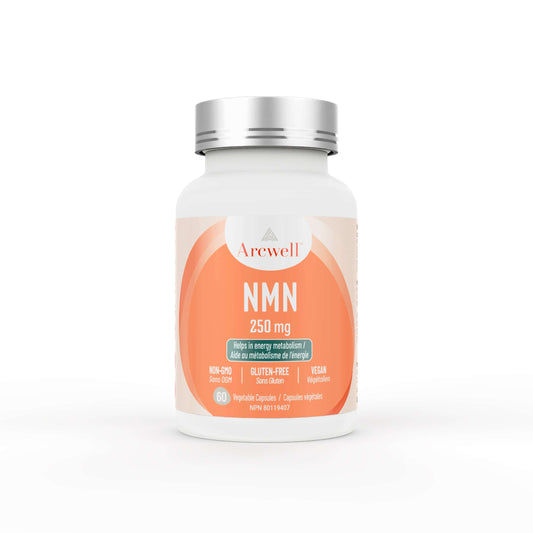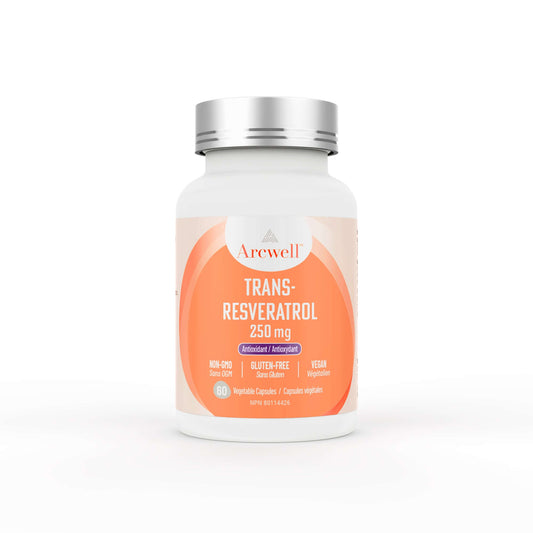Hair loss can happen for many reasons, such as nutrient deficiency, hormonal changes, stress, medication exposure, systemic illness, and infections. Two common hair loss disorders that have the signs of patchy hair loss are, alopecia areata and trichotillomania. And topical minoxidil or steroid injections on the affected area, is the most common treatment to help hair grow back on bald spots. However, the success rates vary case by case and some treatment is not suitable for children.
We here will share with you the remarkable results, on three clinical cases where the patients were suffering from trichotillomania, and how they regrow their hairs in a non-invasive way.
“Trichotillomania”, also known as hair-pulling disorder, is a compulsive action of scratching and rubbing of the scalp, and an urge to repeatedly pull out one’s hair, resulting in fractures of the hair shafts. This disorder can be mild, and manageable, but sometimes it can be severe. In the severe case, it can lead to “lichen simplex chronicus”. This is a skin disorder characterized by thickening and leathering of the skin, as a result of excessive scratching and rubbing. The scalp is one of the most affected sites, and itching is the main symptom. According to scientific research, the peak of incidence for this condition is between the ages of 35 to 50, and it happens more frequently in women than men. The most common treatments are topical and corticosteroid injections on the scalp, but this painful method is not always successful. Plus, not many people can endure 80 injections on their scalps in each appointment for at least 4 to 6 months-treatment.
Then, here comes the question, is there any non-invasive and mild way such as taking a dietary supplement that can help reverse this uncomfortable condition?
The answer is YES and the supplement that successfully helps with hair regrowth is N-Acetyl-Cysteine, also called NAC.
NAC, is a supplement form of the amino acid “L-Cysteine” found in the human body. By taking NAC, your liver will convert NAC into cysteine which in turn will be converted into glutathione to support your body's immune system, AND help to protect against DNA damage caused by free radicals. Using NAC as a treatment for hair regrowth has shown promising results in mice and humans.
Today, we will take a closer look at three clinical cases of hair loss, and the subsequent hair regrowth by NAC supplementation on patients suffering from trichotilloMAnia.
The two first cases were reported in the “Journal of the European Academy of Dermatology and Venereology” in 2016.

The first patient is a 30-year-old female with 1-month history of hair loss on the front and top of her head as you can see in the figure 1a. A dermatologic examination showed a 20-cm diameter, irregularly shaped, bald patch with short hairs of different lengths on the front region. After treatment with oral administration of 1200 mg NAC daily upon diagnosis of trichotillomania, the hair-pulling behavior gradually subsided in the following 2 months, and an astonishingly complete hair regrowth was observed, within ONLY 4 months.
No adverse effects were noted, and NAC treatment was discontinued. No relapse was observed after 7 months as you can see in the Fig. 1b.
In the second case, a 14-year-old girl presented with a 2-month history of asymptomatic hair loss over the crown as you can see in Figure 2.

She had a history of attention deficit hyperactivity disorder, and had been treated with haloperidol for 6 months and methylphenidate hydrochloride for 3 years. She had been habitually ripping out her hair, and this behavior was aggravated by psychological stress. Dermatologic examination revealed a 10-cm diameter, bold patch shown in Figure 2a.
Upon the diagnosis of trichotilloMAnia, the same NAC treatment of 1200 mg per day was initiated, and haloPEridol was discontinued. After 2 weeks, there was a significant improvement in the hair-pulling behavior.
Surprisingly, a complete hair regrowth was noted after 6 months as you can see in the Fig. 2b, and NAC treatment was ended. At the 8-month follow-up, she continued to abstain from hair pulling, and the behavior did not recur.
That’s amazing when a supplement really works!
The third case was reported in the journal “Skin Appendage Disorders” in 2019. In this report, a 47-year-old male with an 8-year history of intensely itchy spots on the right side of his head. After 4 years, two new intensely itchy spots arose, associated with hair loss in these regions as you can see in the Fig. 1a to f.

Initial treatment was carried out with Clobetasol cream twice a day, however, no improvement was found. The patient rejected mental counseling and refused further topical treatment.
After that, his doctor prescribed him 1200 mg daily of NAC.
After 8 weeks of treatment, a partial improvement was observed already, and complete hair regrowth was found in all patches after 16 weeks as you can see in the Fig. 2a to f.

It is worthy to mention that the patient significantly decreased the impulse to scratch. At the 30-weeks follow-up, the response to the treatment was maintained. No adverse effect was reported.
These three clinical case reports mentioned here are not clinical trials, but again for these three people, supplementation with NAC have made a huge impact on the hair regrowth and brought them back to their normal lives.
I thought it would be interesting to share this information with you. N-Acetyl-Cysteine or NAC, is one more powerful dietary supplement!
Reference:
- https://www.karger.com/Article/Fulltext/497167
- https://onlinelibrary.wiley.com/doi/10.1111/jdv.13690





